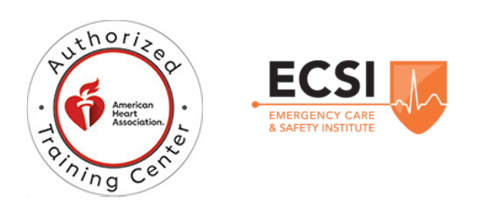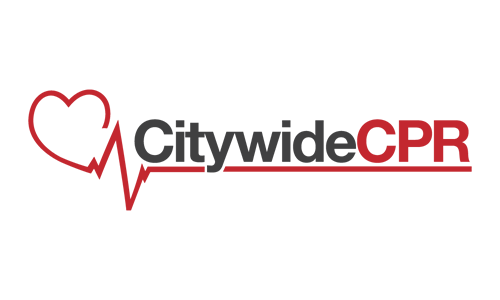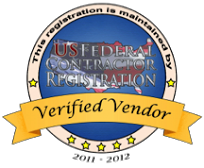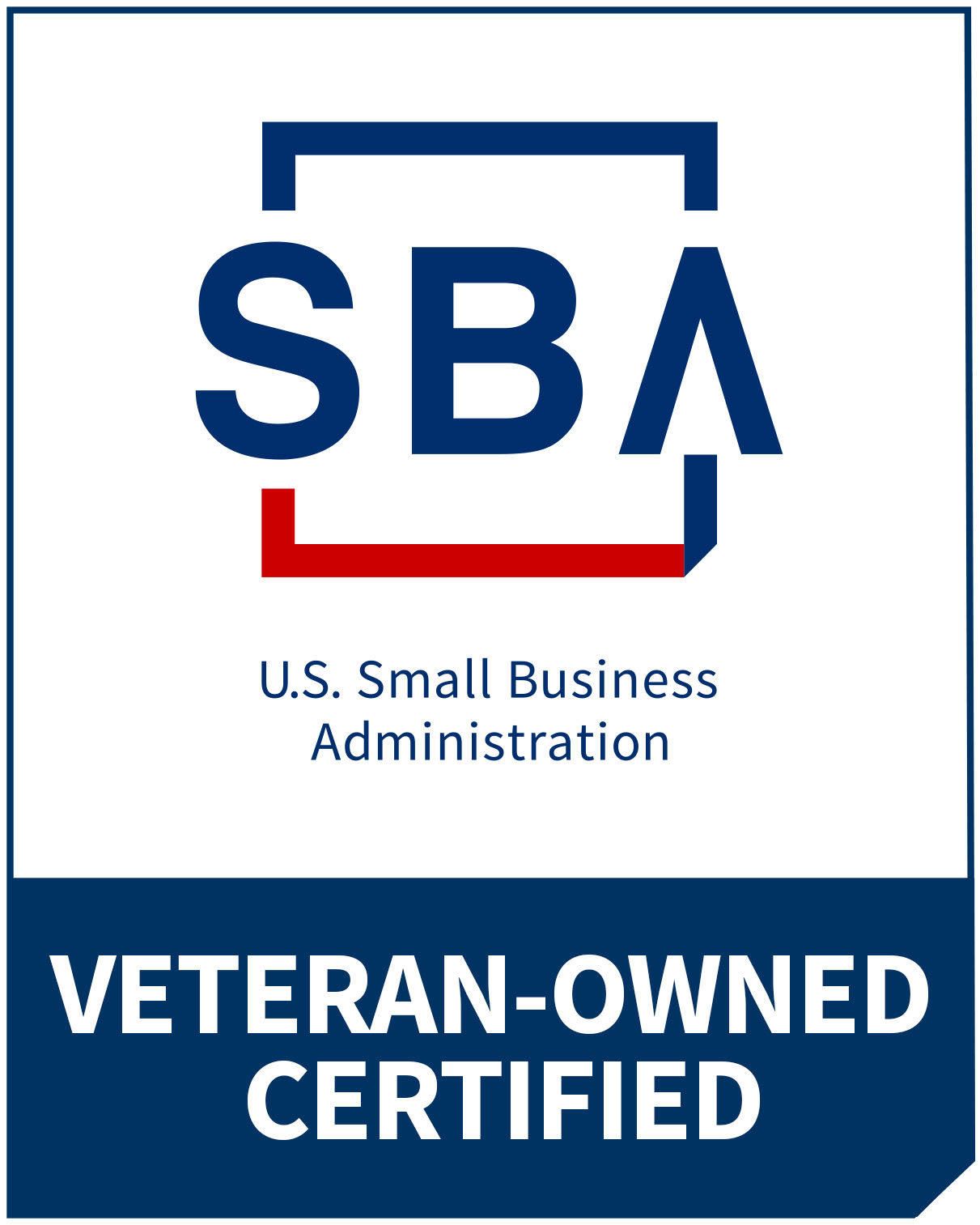An automatic external defibrillator, shortened to AED, is a device that simulates the role of a defibrillator for sudden cardiac arrest patients. The characteristics of an AED is in its name. An AED is automatic. This means that once a problem in the heart beat is detected, such as irregular heartbeats (Arrhythmia) or when the beating stops such as in a sudden cardiac arrest patient, then its features activate. It is external, meaning that it can be carried around, and is more portable compared to its larger counterparts. Additionally, its characteristic of being external means that those in need can use it. It is in contrast to internal defibrillators, which has the same actions, but it requires surgery to be implanted in the heart, which may not be a viable option for some.
A defibrillator acts by sending a shock to the heart to restart its beating. It may be due to irregular heartbeats, strong or weak beats, or complete stop of the heartbeat. The electric shock from an AED is delivered straight to the heart even from the outside. Those who benefit from AEDs are people diagnosed with certain heart diseases. It acts as the very first immediate response to any and all heart problems without needing another human’s intervention. This greatly increases the time frame in which revival is still at its peak.
Establishments should have AEDs available to accommodate and attempt revival of sudden cardiac arrest patients or help those experiencing other irregularities in their hearts if within their vicinity. If most establishments adapt an AED or even a full-scale defibrillator, more and more sudden cardiac arrest victims can be revived. Establishments that adapt AEDs in their clinics can help in creating a safer environment for those with heart problems.
An AED is better to have than an actual defibrillator in a financial perspective. This is because as an automatic external defibrillator, an expert is not needed to operate it, although it is still an advantage. For a defibrillator, an expert must be hired to operate it as well and maintain. As a sensitive equipment, maintenance costs can be quite high as well. Smaller establishments can choose an AED for saving costs on maintenance, operation, and purchasing for a smaller, yet still a very effective defibrillator.
Acquiring an AED is easy in this day and age. Going online to find the best AED can net you with a lot of results. Additionally, there are a lot of good online shops that are certified to sell and distribute good AEDs for the interested parties. As a customer, make sure that you are dealing with a trustworthy seller of AEDs. You would not want to purchase an inefficient AED and not have a way of giving back. With trustworthy AED sellers, you can have a warranty and a very helpful support system to aid you in operating and knowing how to maintain your purchased AED for maximum efficiency. Finding one would require some research and comparison, but you can always find all these characteristics of a good seller here.





